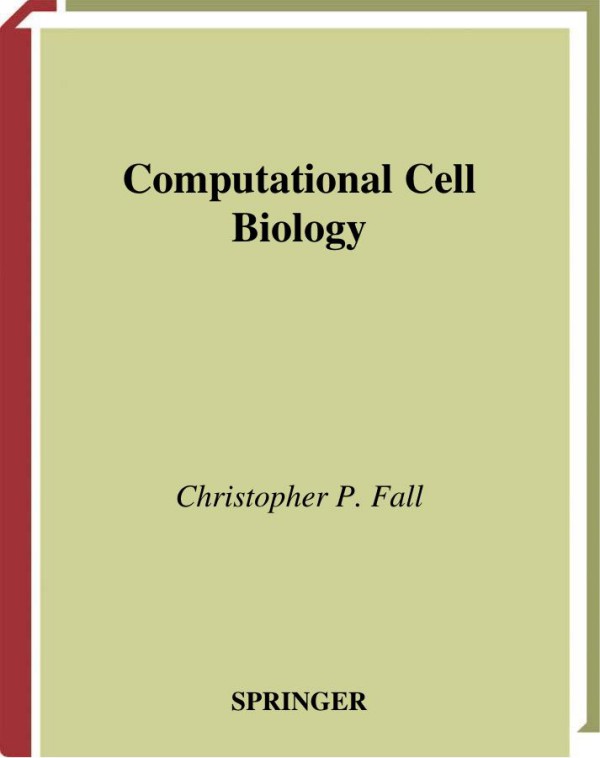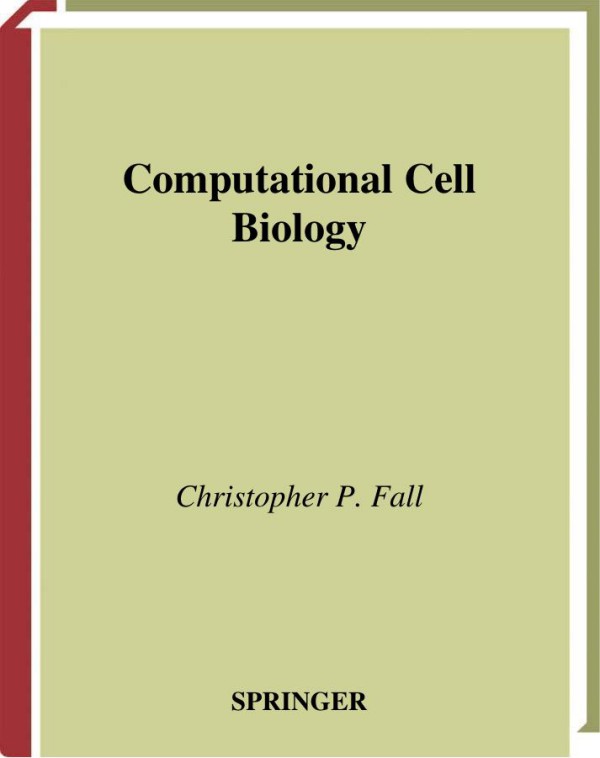Computational Cell Biology 1st Edition by Christopher P Fall, Eric S Marland, John M Wagner, John J Tyson ISBN 0387224599 9780387224596
Original price was: $50.00.$25.00Current price is: $25.00.
Authors:Christopher P. Fall; Eric S. Marland; John M. Wagner; John J. Tyson , Series:Microbiology [16] , Tags:Science; Life Sciences; Molecular Biology; Mathematics; Applied; Zoology; General; Biophysics; Cell Biology; Microbiology; Neuroscience , Author sort:Fall, Christopher P. & Marland, Eric S. & Wagner, John M. & Tyson, John J. , Ids:Google; 9780387224596 , Languages:Languages:eng , Published:Published:Jun 2007 , Publisher:Springer Science & Business Media , Comments:Comments:This text is an introduction to dynamical modeling in cell biology. It is not meant as a complete overview of modeling or of particular models in cell biology. Rather, we use selected biological examples to motivate the concepts and techniques used in computational cell biology. This is done through a progression of increasingly more complex cellular functions modeled with increasingly complex mathematical and c- putational techniques. There are other excellent sources for material on mathematical cell biology, and so the focus here truly is computer modeling. This does not mean that there are no mathematical techniques introduced, because some of them are absolutely vital, but it does mean that much of the mathematics is explained in a more intuitive fashion, while we allow the computer to do most of the work. The target audience for this text is mathematically sophisticated cell biology or neuroscience students or mathematics students who wish to learn about modeling in cell biology. The ideal class would comprise both biology and applied math students, who might be encouraged to collaborate on exercises or class projects. We assume as little mathematical and biological background as we feel we can get away with, and we proceed fairly slowly. The techniques and approaches covered in the ?rst half of the book will form a basis for some elementary modeling or as a lead in to more advanced topics covered in the second half of the book.












